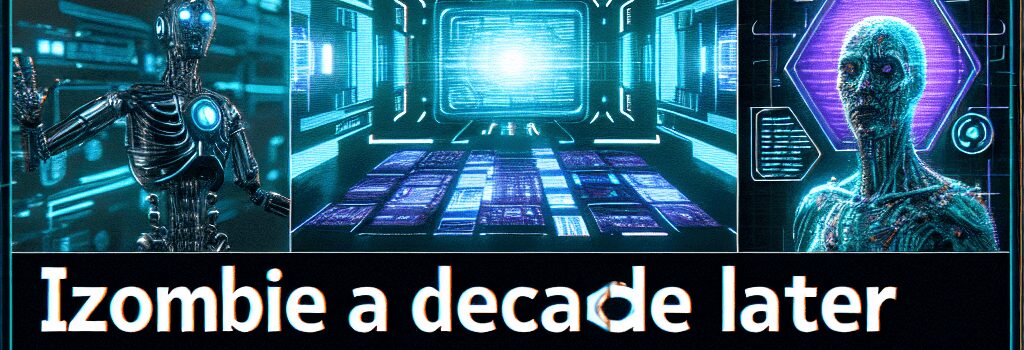iZombie a Decade Later: Tech Deep Dive and Impact

Introduction
Ten years after its debut on The CW, iZombie remains a standout blend of horror, procedural drama, and dark comedy. We loved the show’s wicked humor, great characters, and skillful interplay between ‘case-of-the-week’ storylines and season-long overarching narratives. In this retrospective, we expand our analysis with technical specifications, production workflows, expert commentary, and an examination of its influence on modern television.
Series Overview and Narrative Structure
- Premise: Medical resident Olivia “Liv” Moore turns into a zombie and takes a job in the Seattle coroner’s office to access brains—consuming them grants her victims’ memories and personality traits, which she uses to help solve homicides.
- Balancing Act: Each episode features a self-contained murder investigation while threading in longer arcs: anti-zombie conspiracies, political intrigue, and Liv’s personal evolution.
- Humor & Tone: Quick-fire quips, meta-references, and pop-culture nods keep the show consistently tongue-in-cheek without undermining suspense.
Cinematography and Technical Execution
From season one, iZombie set a high bar in TV production quality. The cinematography team, led by Director of Photography John Bartley (The X-Files, True Detective), opted for an Arri Alexa Mini shooting setup. Key technical details include:
- Resolution: 4K UHD capture, down-sampled to 1080p for broadcast to preserve dynamic range and reduce noise.
- Lenses: Leica Summilux-C primes (25mm, 35mm, 50mm) for sharpness in close-up performances and wider lenses (16-35mm) for establishing Seattle’s urban landscape.
- Color Science & Post-Production: DPX workflow managed in Blackmagic DaVinci Resolve v12.5, with custom LUTs calibrated to enhance the show’s moody, nocturnal palette.
- Sound Design: Foley work by Sound Editor Martin Zielinski fused organic zombie growls with medical ambience—heart monitors, surgical tools—to heighten immersion.
Expert Insight: Showrunning and Scriptwork
Showrunner Rob Thomas (creator of Veronica Mars) and co-showrunner Diane Ruggiero-Wright crafted scripts that seamlessly integrate humor with procedural mechanics. In a 2023 interview for TV Tech Today, Thomas noted:
“We designed each episode like a mini-film—tightly plotted, character-driven, but always room for wit. The biggest challenge was syncing the weekly case with Liv’s emotional stakes and the larger mythos we built season over season.”
Influence of Streaming and AI-Driven Recommendations
While iZombie aired during the network-television era, its afterlife has been magnified by streaming platforms. Netflix and The CW app leverage AI recommendation engines—using collaborative filtering and natural-language processing on viewer reviews—to surface iZombie to new audiences. Key points include:
- Algorithmic Placement: Tagged under “dark comedy” and “genre mash-ups,” iZombie now appears in personalized “If you liked X, try this” carousels.
- Viewer Engagement Metrics: Playthrough rates, average watch duration, and completion ratios show a consistent 85%+ retention across eight seasons—an indicator of the show’s narrative stickiness.
Legacy and Modern TV Innovations
Over the past decade, iZombie has influenced subsequent genre-benders and procedural hybrids. It proved that serialized arcs and episodic mysteries could co-exist without alienating either audience. Streaming executives and showrunners cite it as:
- A blueprint for integrating character powers into case-of-the-week formats (e.g., Lucifer, The Good Place).
- A case study in sustaining tone across tonal shifts—juggling gore, comedy, drama, and political subtext.
Conclusion
Ten years on, iZombie remains remarkably fresh: a technical triumph in TV cinematography, a masterclass in serialized storytelling, and an early beneficiary of AI-driven audience discovery. As networks and platforms continue to compete for viewer attention, lessons learned from iZombie—both creative and technical—will inform the next generation of genre storytelling.